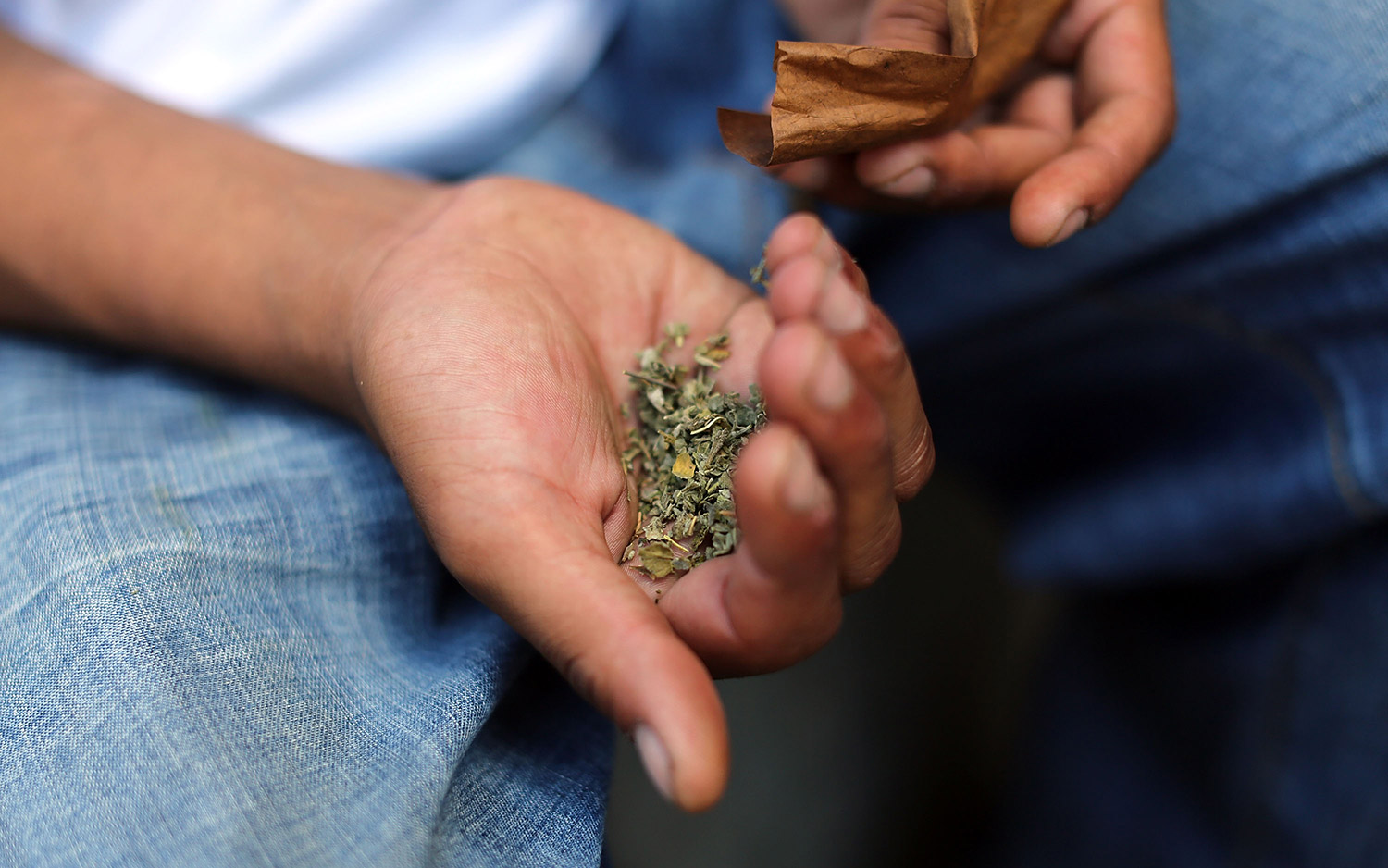
Synthetic Marijuana Tainted with Rat Poison Linked to 3 Deaths

Synthetic marijuana that causes severe bleeding has killed three people and sickened more than 100 others, and now, officials believe they have identified the dangerous drug's contaminant: rat poison.
Cases of severe bleeding in synthetic marijuana users first appeared in Chicago in early March, and the Chicago Tribune reported that by March 29, 22 people had been affected.
At that point, however, it was still unclear what type of contaminant was causing the bleeding, though some suspected that it was an anti-coagulant or blood thinner.
In a March 31 statement from the Illinois Department of Public Health (IDPH), health officials noted that several of the patients — including the first individual who died — tested positive for brodifacoum, a deadly anti-coagulant that's often used in rat poison. All of the patients affected at that point needed to be hospitalized for symptoms including coughing up blood, blood in the urine, severe bloody nose and/or bleeding gums, the statement said.
"Each day, we've seen the number of cases rise," IDPH director Dr. Nirav Shah said in an April 9 statement, following the death of a third individual.
"Synthetic cannabinoids are unsafe," Shah said. "They are not regulated and people don't know what chemicals may be in them, like rat poison."
Synthetic marijuana, also called K2 or Spice, isn't a substitute for marijuana, Live Science reported in 2016. Instead, the substances that go into the synthetic product get this name because they're loosely related, chemically, to tetrahydrocannabinol (THC), the psychoactive ingredient in pot. These THC-like chemicals are then sprayed onto plant products and sold as synthetic marijuana. But because the chemicals used can be different every time the K2 is made, the symptoms they produce are unpredictable.
Sign up for the Live Science daily newsletter now
Get the world’s most fascinating discoveries delivered straight to your inbox.
The Centers for Disease Control and Prevention alerted doctors nationwide yesterday (April 10) to be on the alert for patients with severe, unexplained bleeding, according to The New York Times. As of yesterday, the number of cases had risen to 116 people in five states.
In the April 9 statement from the IDPH, Shah added that "while efforts are underway to get the contaminated drugs out of circulation, it's possible they could re-emerge."
Originally published on Live Science.











